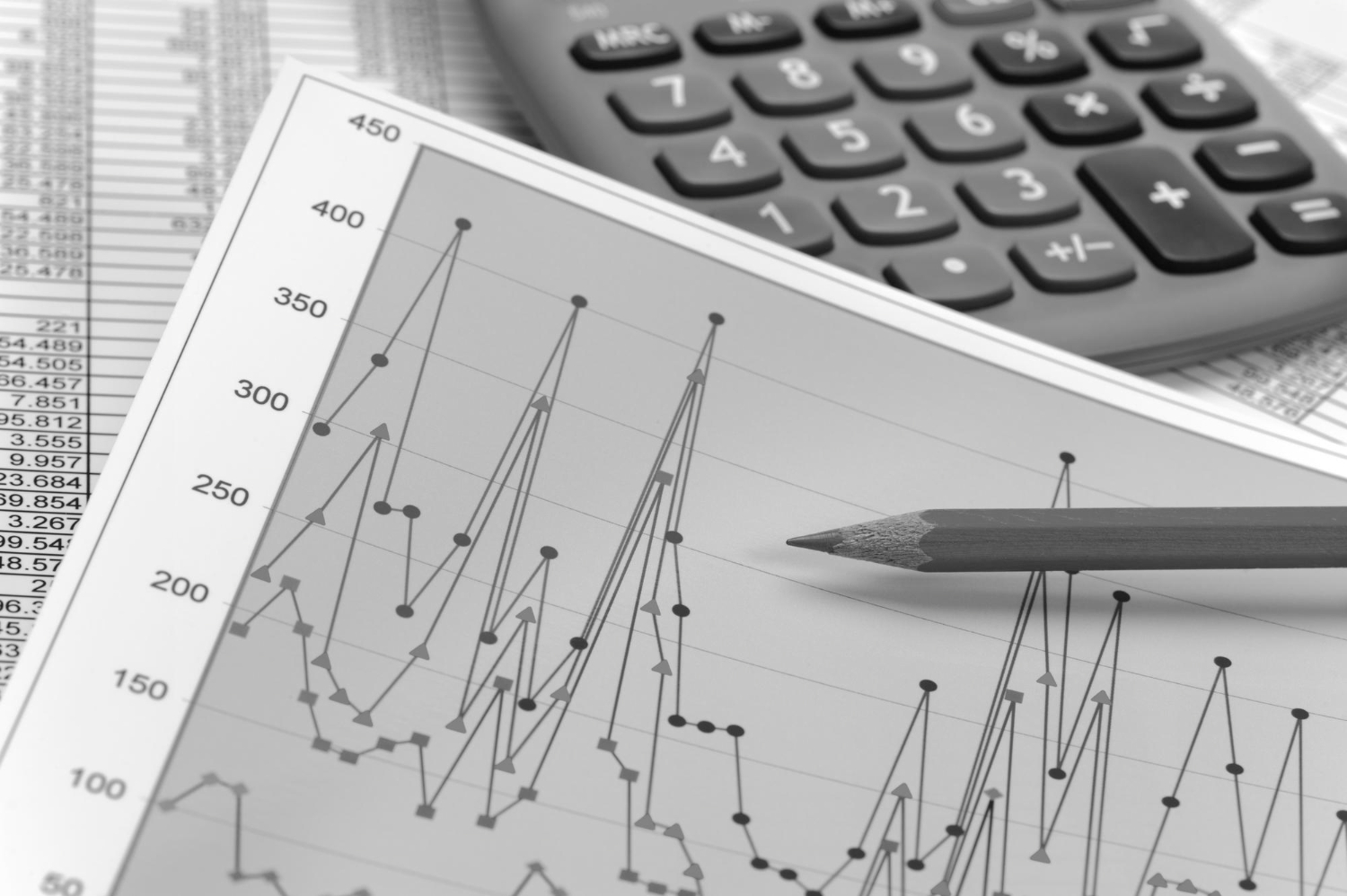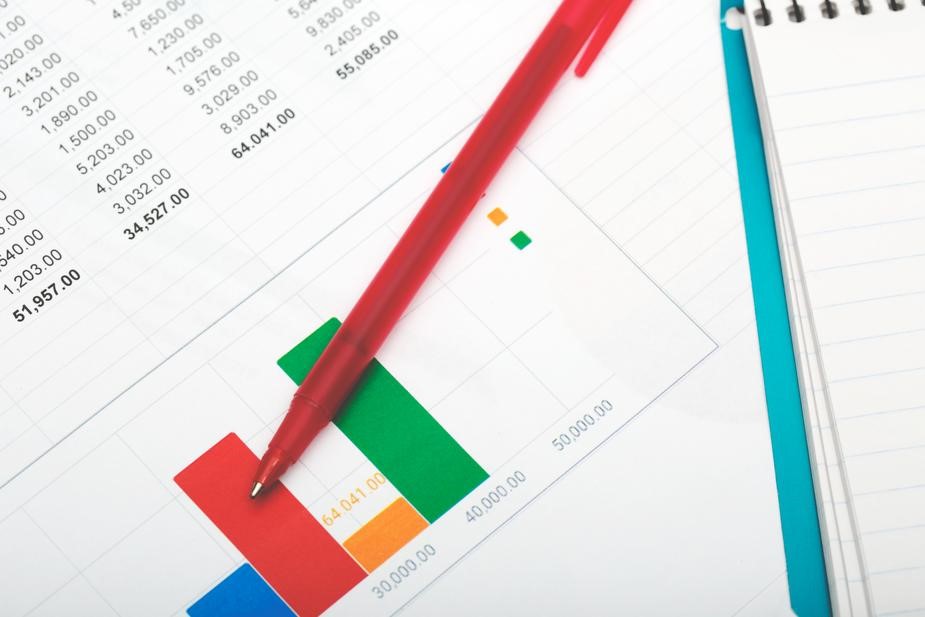Financial Modeling: Fundamentals, Methods and Applications

Financial modeling is the process of creating representations of the financial condition and operations of an enterprise using mathematical and statistical models. It is used to assess the financial implications of different scenarios and make informed decisions. This article is devoted to the basics of financial modeling, its methods and application.
Fundamentals of Financial Modeling
Financial modeling covers the creation of abstract representations of the financial health of an enterprise to aid in analysis and forecasting. The main objective is to assess the financial implications of different scenarios, such as changing market conditions, the introduction of new products or investment decisions.
The key elements of financial modeling are:
- Modeling objectives: Defining the goals of the simulation helps to establish the framework and direction of the work. These can be income forecasts, evaluation of investment projects, sensitivity analysis, and other purposes.
- Data collection: Accurate and up-to-date data is needed to build a model. This can include historical financial statements, market data, expense and income data, and external economic and financial indicators.
- Model Selection: Depending on the goals and available data, the appropriate model type is selected. This can be a simple linear model, a more complex regression model, or specialized models for evaluating investment projects.
- Analysis and interpretation: After building a model, it is important to analyze the results obtained, assess possible risks and draw informed conclusions.
Methods of financial modeling
There are many methods of financial modeling, each of which has its own characteristics and areas of application:

- Linear programming: This technique is used to optimize solutions with limited resources. It allows you to find optimal solutions for tasks such as budget allocation or production planning.
- Regression Analysis: Regression models are used to predict financial performance based on historical data. For example, you can predict your company's future earnings based on past earnings and other factors.
- Time-series modeling: This method is used to analyze and predict data that is time-dependent. For example, you can use time series models to forecast sales based on seasonal fluctuations.
- Scenario modeling: This method allows you to analyze the consequences of various scenarios. It is useful for risk assessment and planning under uncertainty.
- Monte Carlo simulation: This method is used to assess risks and uncertainties in models. It is based on conducting a large number of random trials to analyze the probability of different outcomes.
Application of financial modeling
Financial modeling is widely used in various areas of business and finance. Here are some examples of its use:
- Investment project evaluation: Financial modeling helps investors assess the attractiveness of investment projects by calculating their potential profitability, risks, and payback period.
- Budgeting and planning: Models are used to create budgets, forecast cash flows, and plan financial resources.
- Sensitivity analysis: This analysis allows you to assess how changes in key assumptions (such as commodity prices or interest rates) may affect a company's financial results.
- Financial Analysis and Reporting: Models help analyze financial statements, identify weaknesses in a company's financial health, and develop strategies to improve them.
- Risk Management: Financial modeling allows you to assess the risks associated with various financial and operational decisions and develop strategies to minimize them.
Conclusion
Financial modeling is an important tool for making informed financial decisions and evaluating various scenarios. It requires accurate data collection, selection of appropriate methods, and careful analysis of the results. In modern business, financial modeling helps companies effectively manage resources, evaluate investment opportunities, and minimize risks.















This is what I was looking for! A lot of useful information is easy to read, I spent two hours studying the blog and planning the same amount.
08.07.2024